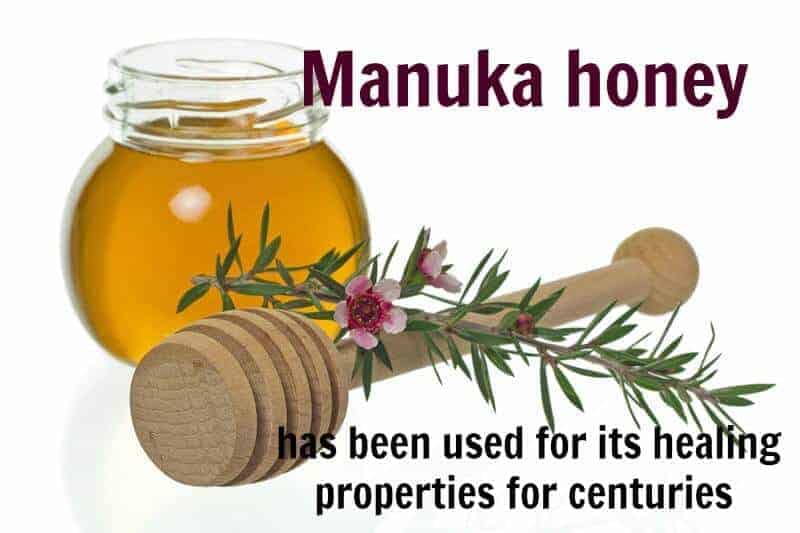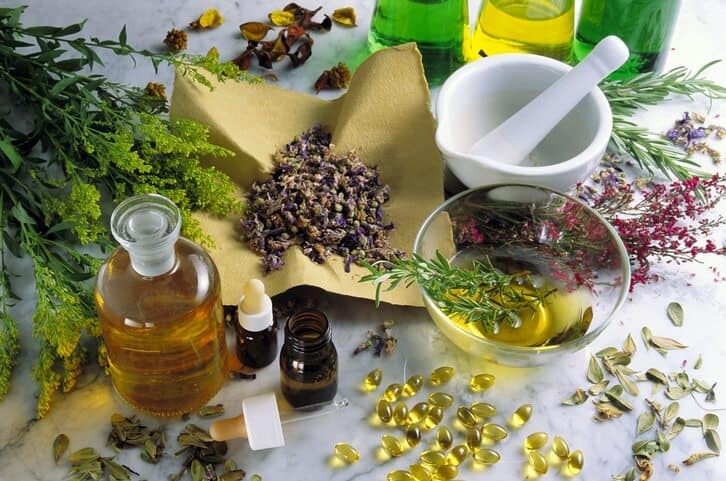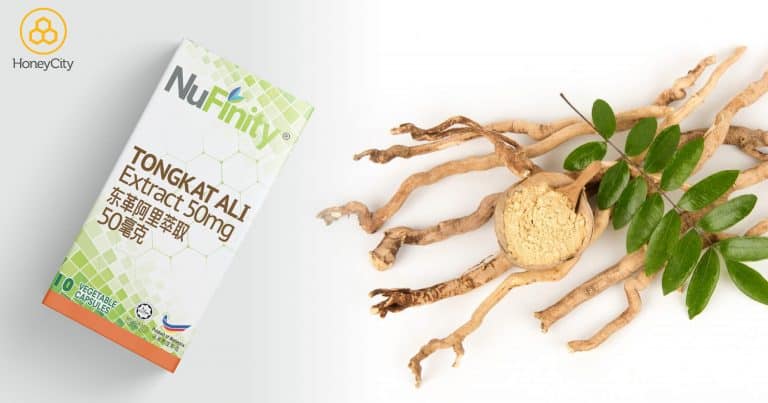Why Eat Manuka Honey, UMF®, and What Are Its Benefits?
Manuka honey has roots that date back to the 18th century.
In modern society, people of all ages (excluding children below one) consume it as a scrumptious daily treat that doubles up as a health supplement.
Why is it recommended to eat this honey every day, and what are its benefits exactly?
Read on to find out.
Why Eat Manuka Honey? The Benefits of This Superfood
Manuka honey has natural antibacterial qualities that boost the immune system when consumed daily. It fights sore throat, flu, and cures infections. There are a ton of health qualities linked to manuka honey.
Manuka honey is mono-floral honey produced in New Zealand by bees that pollinate the native manuka bush. It also treats wound, infections, and other conditions when applied externally.

The Healing Power of Manuka Honey
The main medical use of manuka honey is in helping to heal burns and wounds.
Since ancient times, honey has been used to treat multiple conditions. It wasn’t until the late 19th century that researchers discovered that honey has natural antibacterial qualities.
Honey protects against damage caused by bacteria. Some honey also stimulates the production of special cells that can repair tissue damaged by infection. In addition, honey has an anti-inflammatory action that can quickly reduce pain and inflammation.
But, not all honey is the same. The antibacterial quality of honey depends on the type of honey as well as when and how it’s harvested. Some kinds of honey, like manuka honey, may be 100 times more potent than others.
Studies on its benefits have shown that it contains an ingredient with powerful antibacterial, antimicrobial, antiviral, antioxidant, antiseptic, anti-inflammatory, and anti-fungal properties. This ingredient was originally named UMF®.
“Scientists uncover key to Manuka Honey’s benefits”
This is the title of an article in The New Zealand Herald on July 3rd, 2007.
It brought the news that the UMF ingredient studied by scientists for over 15 years was identified as methylglyoxal (MGO™) by a team of researchers from Dresden, Germany, led by Professor Dr. Thomas Henle, head of the Institute of Food Chemistry at the Technical University of Dresden.
Professor Henle refers to the results of the study that it ” unambiguously demonstrates for the first time that Methylglyoxal is directly responsible for the antibacterial activity of Manuka honey.” He also notes that the high amounts of Methylglyoxal found in honey were not found in any other food.
Methylglyoxal occurs in all types of honey. However, the concentration level is normally between 1 and 10 mg/kg. What makes manuka honey extremely potent is the level of methylglyoxal of between 100 and 1000mg/kg.
The higher the concentration of methylglyoxal, the stronger the antibacterial quality of the honey and the higher its benefits. A methylglyoxal level of 400 mg/kg and higher in the honey gives it the power to destroy a very large number of destructive microorganisms, viruses, and bacteria.

Here are some of the best results of methylglyoxal mg/kg levels found in other foods:
| Yogurt | Less than 2mg/kg |
|---|---|
| Cheese | 4-11 mg/kg |
| Wine | Less than 2 mg/kg |
| Coffee | 23-47 mg/kg |
| Other honeys | 0-10 mg/kg |
Manuka Honey is Suitable for Specific Dietary Rules
Members of certain religious groups abide by a strict set of dietary rules.
This includes the Muslims and Jewish communities.
Manuka honey is unfazed – in fact, it’s suitable for these communities because manuka honey is kosher and halal. This means that religious people can still continue to enjoy its mind-blowing benefits!
The Components of Manuka Honey
Hydrogen peroxide is a component of honey. It gives most types of honey their antibiotic qualities. However, some types of honey, including manuka honey, have other components with antibacterial qualities.
Another antibacterial component in manuka honey is methylglyoxal (MG). MG is a compound found in most types of honey, but usually only in small quantities.
In this honey, MG comes from the conversion of another compound — dihydroxyacetone — that is found in high concentrations in the nectar of manuka flowers.
MG is thought to give honey some of its antibacterial power. The higher the concentration of MG, the stronger the antibiotic effect. But, there may also be other compounds involved in the medicinal effect of manuka honey.
Honey producers have developed a scale for rating the potency of manuka honey. The rating is called UMF, which stands for Unique Manuka Factor, with standards are set by the UMF Board.
The UMF rating is thought to correspond with the concentration of MG and other compounds. Not all honey labelled as manuka honey contains significant levels of antibacterial factors.
To be considered potent enough to be therapeutic, manuka honey needs a minimum rating of 10 UMF. Honey at or above that level is marketed as “UMF Manuka Honey”. This type of manuka honey is one of the best you can take to improve your immune system.
Why Is Manuka Honey So Expensive?
Manuka honey comes from bee-extracting nectar from a single flora – the manuka bush.
Manuka honey is limited in supply and has a huge demand because it has a rich nutritional profile of numerous minerals and vitamins:
- Anti-oxidants
- Amino acids
- Calcium
- Copper
- Iron
- Magnesium
- Manganese
- Phosphorus
- Potassium
- Sodium
- Zinc
- Vitamins B (B6, thiamin, niacin, riboflavin, pantothenic acid)
Plus, it’s free of fats and cholesterol!
The nutritional content of manuka honey is up to 4 times that of normal flower honey.
Manuka honey also contains an ingredient with powerful antibacterial, antimicrobial, antiviral, antioxidant, antiseptic, anti-inflammatory and anti-fungal properties.
What the Science Says
Several recent studies show that honey is effective in fighting infection and promoting healing.
The Natural Medicines Comprehensive Database lists honey as being “possibly effective” to treat burns and wounds. The Cochrane Review notes that honey may shorten healing times in mild burns compared with traditional dressings.
Another recent study suggests that manuka honey may be effective in preventing gingivitis and other periodontal diseases by reducing the buildup of plaque.
And, in 2010, the scientific steering committee of the National Cancer Institute approved a proposal for the use of this honey for the reduction of inflammation of the esophagus associated with chemotherapy.
Another possible benefit of honey is that, unlike antibiotics, it has not been reported to cause the development of resistant bacteria. These so-called “superbugs” develop after repeated exposure to common antibiotics. They require special antibiotics to treat them.
Take 1-2 tablespoons of manuka honey daily to maintain a strong immune system.
You can select the best manuka honey from New Zealand.






